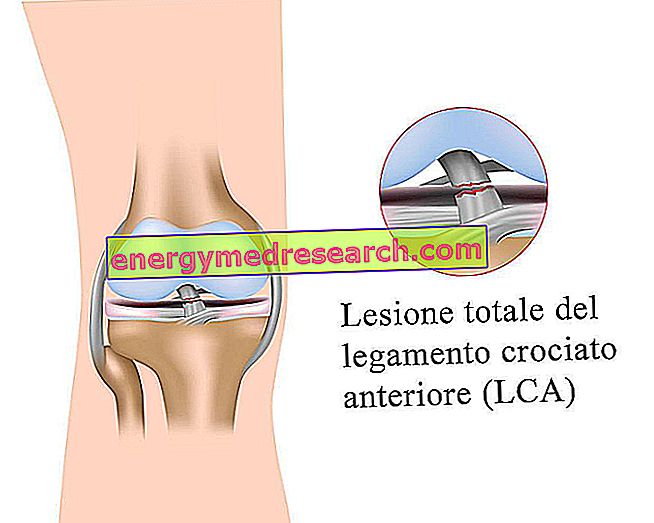CEFAMEZIN ® is a drug based on Cefazolin sodium
THERAPEUTIC GROUP: General antimicrobials for systemic use - Cephalosporins
IndicationsAction mechanismStudies and clinical effectiveness Usage and dosage instructionsWarnings Pregnancy and lactationInteractionsContraindicationsUndesirable effects
Indications CEFAMEZIN ® Cefazolin
CEFAMEZIN ® is a cephalosporin used in the treatment of infections caused by bacteria sensitive to Cefazolin.
Its effectiveness has been demonstrated in the treatment of genitourinary, otorhinolaryngological, osteoarticular, cutaneous and soft tissue, ophthalmologic, gastrointestinal, hepatic, respiratory and systemic infections.
Mechanism of action CEFAMEZIN ® Cefazolin
Cefazolin, the active ingredient of CEFAMEZIN ®, is a first generation cephalosporin that can only be taken parenterally, used in the clinical setting to treat infections caused by both Gram positive and negative bacteria.
Belonging to the family of beta-lactam antibiotics, also the activity of cefazolin is concentrated towards the bacterial wall, inhibiting transpeptidation reactions useful for the formation of cross-linking between the peptidoglycan molecules and the physical structuring of the bacterial wall.
These variations make the wall particularly susceptible to osmotic gradients, thus determining the lysis of the microorganism precisely due to osmotic shock.
Given parenterally, cefazolin rapidly reaches its maximum plasma concentration, persisting in circulation for about 8 hours, and thus distributing itself to various tissues and biological fluids where it performs its therapeutic action.
After about 2 hours it is eliminated unchanged through the urine.
Compared to penicillins, antibiotics belonging to the cephalosporin category are more resistant to the action of beta-lactamases and at the same time characterized by a broader spectrum of action.
Studies carried out and clinical efficacy
1. CEFAZOLINE AND CONTROL OF POST-SURGICAL INFECTIOUS DISEASES
Surg Endosc. 2011 Sep; 25 (9): 2911-8. Epub 2011 Mar 18.
Work that demonstrates how treatment with cefazolin following endoscopic interventions useful for the control of varicose hemorrhages in cirrhotic patients, can significantly reduce the risk of infectious complications, and therefore of re-bleeding.
2 . CEFAZOLINE IN THE TREATMENT OF INFINITIES OF HIGH URINARY WAYS IN PEDIATRIC PATIENTS
J Antimicrob Chemother. 1996 Jun; 37 Suppl C: 125-31.
Study demonstrating that treatment with cefazolin may be effective in controlling the development and evolution of infectious diseases of the upper urinary tract supported by E.Coli in pediatric patients.
3. THE EFFECTIVENESS OF CEFAZOLINE IN THE TREATMENT OF SKIN INFECTIONS AND SOFT TISSUES
Ann Pharmacother. 2004 Mar; 38 (3): 458-63. Epub 2004 Jan 23.
Interesting study that demonstrates how the synergic treatment based on cefazolin plus probenecid can be effective in the treatment of skin and soft tissue infections sustained by Staphilococco aureus and Beta-hemolytic streptococcus.
Method of use and dosage
CEFAMEZIN ®
250 mg powder and solvent for solution for injection - 500 mg - 1000 mg of cefazolin.
Treatment with CEFAMEZIN ® should be supervised by your doctor, in order to avoid the appearance of side effects, while ensuring maximum therapeutic efficacy.
The dosage, generally between 1-3 gr / day in the adult, should be defined based on the physio-pathological characteristics of the patient and the severity of his / her clinical picture.
The use of CEFAMEZIN ® intravenously should be supervised by a healthcare professional.
Warnings CEFAMEZIN ® Cefazolin
The use of CEFAMEZIN ® should be preceded by a careful medical examination to assess the presence of conditions predisposing to the development of adverse reactions.
For this reason particular care should be taken in patients suffering from kidney disease, the elderly or with a history of hypersensitivity to drugs and in particular to penicillins.
The doctor should therefore periodically monitor the patient's state of health and eventually suspend the therapy in progress following the appearance of the first side effects.
PREGNANCY AND BREASTFEEDING
The use of CEFAMEZIN ® during pregnancy and in the subsequent period of breastfeeding should be realized in cases of real need and under the strict supervision of your doctor.
Interactions
The parenteral administration significantly reduces the risks associated with the simultaneous intake of active ingredients capable of altering the systemic absorption profile of the active ingredient.
The simultaneous administration of potentially nephrotoxic drugs could greatly increase the risk of side effects affecting the kidney.
Contraindications CEFAMEZIN ® Cefazolin
The use of CEFAMEZIN ® is contraindicated in patients who are hypersensitive to penicillins and cephalosporins or their excipients.
Undesirable effects - Side effects
Although cephalosporin therapy is generally well tolerated, the potential side effects associated with CEFAMEZIN ® therapy should be considered.
Redness, swelling, pain and dermatological reactions may occur at the local level at the injection site, while nausea, diarrhea, vomiting, abdominal pain, leukopenia, neutropenia, hypertransaminasemia and hyperbiliruibinemia would represent the most frequently observed systemic adverse reactions following intake of cefazolin.
Cephalosporin therapy, especially for hypersensitive patients, could lead to the appearance of allergic reactions such as angioedema, laryngospasm, bronchospasm, hypotension and in more severe cases anaphylactic shock.
Note
CEFAMEZIN ® is a drug subject to a mandatory medical prescription.



